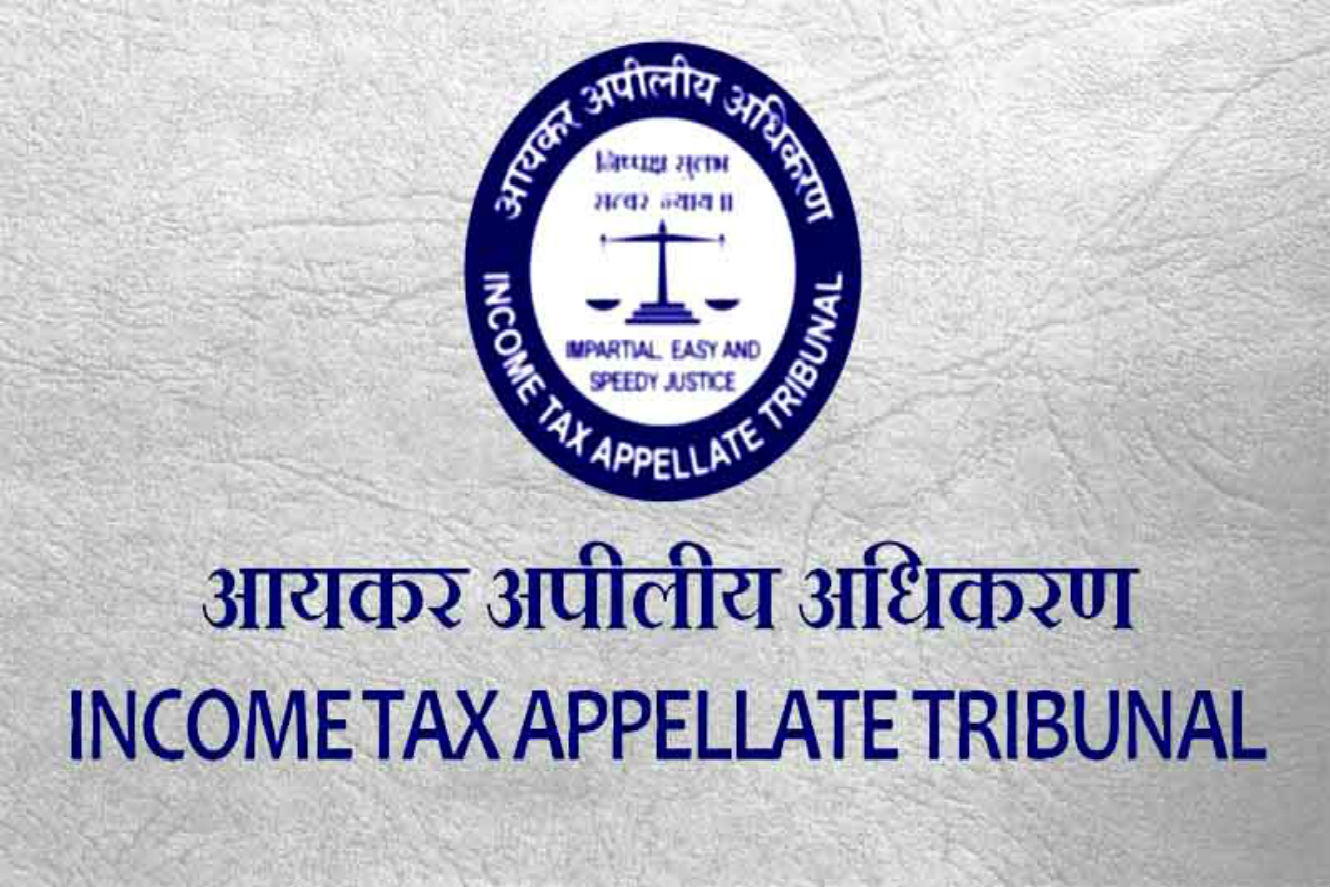Hon''ble Dr. (Mrs.) Justice I. Shah
1. This appeal is preferred against the judgment and order dated 08-07-2005, passed by the learned Sessions Judge, Goalpara in Sessions Case No.1/04. The appellants vide the impugned judgment & order have been held guilty u/s 306 read with Section 34 IPC and sentenced to undergo rigorous imprisonment for 5 years each and to pay a fine of Rs.5000/- each, in default, to suffer further imprisonment for 3 months each. The prosecution case, in brief, is that the accused Himangshu Das kidnapped Kausalya Das. After kidnapping, keeping the victim here and there for about three months, the accused came back to his parent''s house along with the victim. His father Harish Das (Appellant No.2) did not allow the accused to keep the victim in his house. The victim was then kept in the house of his uncle Sabin Das (PW-4). Thereafter, the father and brother of the victim along with other villagers approached Harish Das to discuss about the marriage of victim with accused Himangshu. Appellant No.2 demanded furniture, gold ornaments and cash amount of Rs.15,000/-. Although victim''s father agreed to give furniture and gold ornaments but could not agree to pay cash amount of Rs.15,000/-. The appellant no.2 refused to solemnize the marriage, whereupon, victim Kaushlya Devi, committed suicide by hanging herself with a mango tree. It was alleged that the victim committed the suicide due to mental shock. Jiten Das, the brother of the deceased lodged the FIR with Rangjuli Police Station. Police registered a case and on completion of investigation, submitted the charge sheet against both the accused.
2. I have heard Dr. G. Lal, learned counsel appearing on behalf of the appellants and Ms. B. Saikia, learned Addl. P.P. appearing on behalf of the respondent-State.
3. The accused persons pleaded not guilty to the charge framed against them u/s 306/34 IPC and claimed to be tried.
4. P.W.1, Jiten Das, brother of the deceased, in his evidence, alleged that the accused Himangshu kidnapped his sister and after three months, he came back with the victim and keeping her in her parental house went out and then did not return. The victim Kaushlya went to the house of Sabin Das to enquire about her husband but she did not get any information. Next day, PW-1 along with others went to the house of Harish Das and requested him to keep the deceased but Harish Das refused to accept her, as he had no room. He also demanded some items and cash amount of Rs.15,000/-. The demand placed by Harish was disclosed to the victim. Next day morning Kaushlya remained untraced and on search, she was found hanging in the courtyard of Sabin Das. PW-1 stated that probably the victim committed suicide as the accused refused to accept her and also because of demand of money. He, in his cross-examination, denied that the victim committed suicide because she was abused by him and his family members.
5. PW-2, Jatin Das is the father of the victim. He deposed that accused kidnapped the victim and after elapse of two months, they came back but the father of Himangshu did not allow them to stay in his house and hence, they stayed in the house of Sabin Das. On 01-01-2003, Himangshu and the victim came to the house of PW-2. Himangshu left the victim in the house of PW-4 and went away in the pretext of bringing money but did not return. In the afternoon, Kaushlya (victim) went to the house of Sabin Das but she did not find Himangshu there. Next day, PW-2 along with others visited the house of the accused and requested the accused Harish to celebrate the marriage of Himangshu with the victim but Harish expressed that he has no house to keep them. Then PW-2 offered to give him some items and then the accused Himangshu demanded cash amount of Rs.15,000/-. PW-2 pleaded his inability to pay. They could not arrive at any settlement and returned home. He narrated all the happenings to his wife, which Kaushlya also heard. Following morning the victim remained untraced and on search her dead body was recovered hanging in the courtyard of Sabin Das. PW-2 also denied that he and his son assaulted Kaushlya on previous night leading her to commit suicide. He stated that he visited the house of accused along with 16 persons.
6. PW-3, Charu Mohan Das, corroborating the evidence of PWs1 and 2 stated in the same line. PW-4 Sabin Das stated that Kaushlya was in the house of PW-2 and one day she committed suicide in the courtyard of his house. Her body was found hanging with a mango tree. On the fateful day of incident, PW-2 came to the house of PW-4 in search of his daughter. On search by PW-2, the dead body was recovered. PW-4 stated that he did not know why she committed suicide. He also stated that he did not know about any relation between Himangshu and Kaushlya. Inquest on the dead body was held in his presence. He was not cross-examined. Thus evidence of PWs 1, 2 and 3 is not corroborated by PW-4.
7. PW-5, Naren Ch. Bainikya, PW-6, Anand Kr. Das, PW-7, Haren Banikya have not added anything in support of prosecution case. PW-6 and PW-7 simply heard that Kaushlya committed suicide. PW-10, Niranjan Sarma simply saw the dead body of victim hanging with the mango tree. He also could not say how she died. PW-8, Madhu Sudan Nath was then posted as Circle Officer and Executive Magistrate at Rangjuli Circle. He held inquest on the dead body of the deceased in presence of witnesses. In his inquest report, he has mentioned that dead body was found hanging with a mango tree with the help of jute rope. Her left foot was found slightly touching the ground and her right foot was touching the branch of a small lemon tree. The tongue was inside but seen little coming up to the side of lips. He also found a new jute rope fastened around the waist of the dead body. The mango tree was 20'' feet tall but the branch from which the dead body was hanging was only 8'' feet tall.
8. Dr. Nilmoni Dutta (PW-9) who performed autopsy on the dead body of Kaushlya found as follows: -
A female dead body of about 19 years of age with no any sign of external injury in her whole body except a non-continuous, oblique, linear ligature mark up above the neck with sigh of knot in the back of her right ear. Parchmentisation of tissue underneath the mark present. Mouth half open, eyes half open, tongue protruded.
The doctor opined that the injury was ante mortem and the death was due to asphesea following hanging. PW-9 was not cross-examined.
9. PW-1, S.I. Kamal Ch. Bora investigated the case. He seized two pieces of new jute ropes; one of which was tied with neck and another with waist of the deceased. He was not cross-examined
10. In the case of
11. If any person commits suicide and whoever abets the commission of suicide is punishable u/s 306 IPC.
Abetment is defined in Section 107 IPC, which read as under:
107. Abetment of a thing- A person abets the doing of a thing, who-
First-Instigates any person to do that thing; or
Secondly-Engages with one or more other person or persons in any conspiracy for the doing of that thing, if an act or illegal omission takes place in pursuance of that conspiracy, and in order to the doing of that thing; or
Thirdly-intentionally aids, by any act or illegal omission, the doing of that thing.
Explanation 1- A person who, by wilful misrepresentation, or by wilful concealment of a material fact which he is bound to disclose, voluntarily causes or procures, or attempts to cause or procure, a thing to be done, is aid to instigate the doing of that thing.
12. In the case of
Instigation is to good, urge forward, provoke, incite or encourage to do "an act? to satisfy the requirement of instigation though it is not necessary that actual words must be used to that effect or what constitute instigation must necessarily and specifically be suggestive of the consequence. Yet a reasonable certainly to invite the consequence must be capable of being spelt out.
13. In the present case, the accused Himangshu left the victim in her parental house and remained untraced. He initially brought her to his house but his father Harish Das did not allow them to stay in the house for want of space. When father and brother of the victim along with others requested Harish Das to solemnize the marriage of the victim with Himangshu and accept her, Harish again refused the proposal to keep them in his house, for want of space. He demanded Rs.15,000/-,which was not acceptable for the poor father of the victim.
14. It is in the evidence that Himangshu was not present when PWs- 1, 2 & 3 visited the house of the accused. There is absolutely no evidence that at any point of time Himangshu demanded any cash amount. Even if the evidence of PWs 1, 2 and 3 is believed in toto, the accused Harish pleaded his inability to keep the victim in his house for want of house/space. The demand for Rs.15,000/- might be with intention to rehabilitating the duo (victim and accused) and to celebrate their marriage.
15. The inquest report also casts doubt as to suicide committed by the victim herself. At the site of occurrence there was no tool or chair to help the victim to hang herself with the mango tree. Why she weared a rope around her waist was not explained. Wherefrom she managed the ropes was not enquired by the investigating officer. The defence suggestions that the father and victim condemned her for eloping with the accused, which compelled her to commit suicide, cannot also be ruled out.
16. In the case of M. Mohan (Supra), it was held-
Abetment involves a mental process of instigating a person or intentionally aiding a person in doing of a thing. Without positive act on the part of the accused to instigate or aid in committing suicide, conviction cannot be sustained.
The intention of the legislature and the ratio of the cases decided by this Court are clear that in order to convict a person u/s 306 IPC, there has to be clear mens rea to commit the offence. It also requires an active act or direct act which led the deceased to commit suicide seeing no option and this act must have been intended to push the deceased into such a position that he/she committed suicide.
17. In the present case, there was no such circumstances or from which it can be inferred that the deceased was left with no other option except to commit suicide. There was no such act done by the accused or word spoken by the accused wherefrom their mens rea to commit the offence u/s 306 IPC can be gathered.
18. In view of the above, the impugned judgment and order passed by the learned trial Court against the accused appellants is liable to be set aside. Accordingly, the judgment and order dated 08-07-2005 passed by the learned Sessions Judge, Goalpara, in Sessions Case No.1/04 is set aside. The appeal is allowed. The accused appellants are acquitted and set at liberty forthwith. Send down the LCR along with a copy of this judgment and order to the court below.

